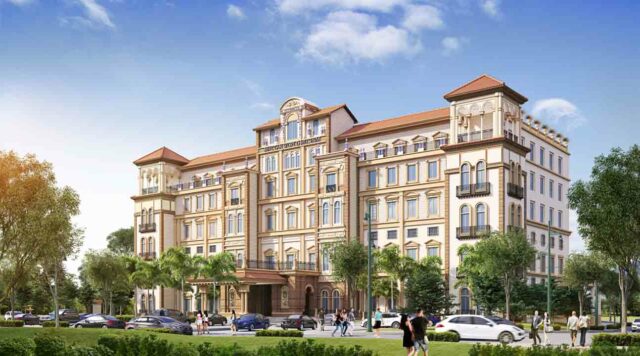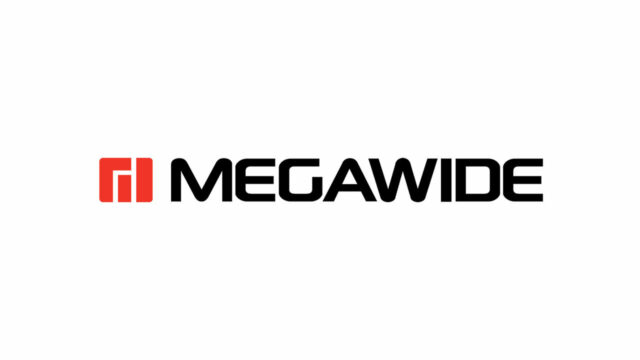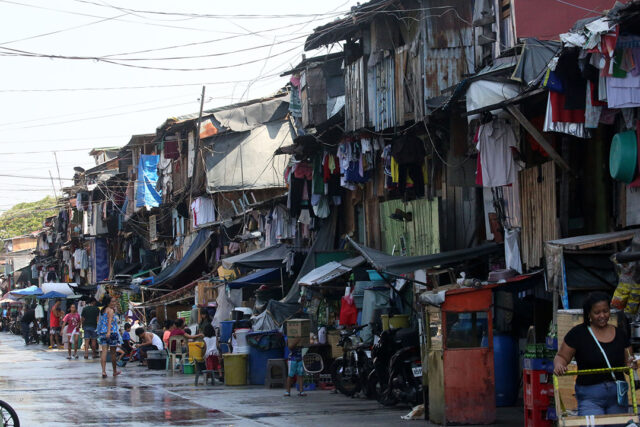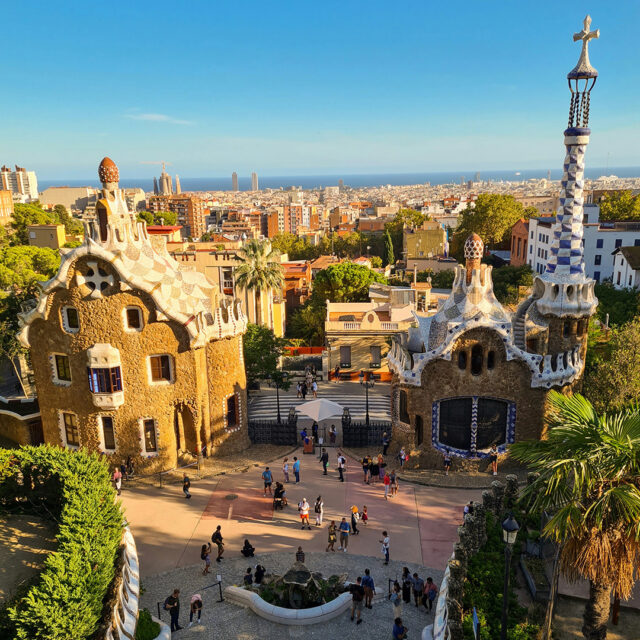PHL’s ongoing transition to a cashless society
In a country with strong digital presence, many Filipinos has adopted digitalization into their lifestyles. An apparent evidence of this is the growing adoption of digital payments among individuals and businesses, which is paving the way towards a cashless society.
Aiming for the country’s transition towards a “cash-lite” society, the Bangko Sentral ng Pilipinas (BSP) has effectively been shifting retail payments to digital channels, paving the way for more businesses to join the new revolution of digital payment and banking. Cashless payments, which include cards, mobile wallets, and QR codes, are continuing to play a significant role in the growth of digital payments in the country.
BSP Deputy Governor Mamerto E. Tangonan previously noted that the use of digital payments has reached its peak during and after the coronavirus disease 2019 (COVID-19) pandemic. He noted that digital retail payments began with 1% in 2013, then jumped to a 42.1% share in 2022, and finally hit the 50% mark in 2023.
In 2022, the BSP reported that the total transaction volume reached 4.85 billion, with 2.04 billion done through digital platforms. The report also said the main driving forces behind this growth were merchant payments, person-to-person transfers, salaries, and wage payments.
Adding to this is a recent study by Visa, which showed most Filipinos are not only familiar with contactless cards but also using them for transactions. The data indicated that digital payments are gaining reaction across different age groups, with 55% utilizing QR codes and 32% opting for contactless cards.
Looking at these numbers, the progress of digital payments in the country is looking positive, opening opportunities for easier access to financial services.
Global management consulting firm McKinsey & Company said that the rise of digital financial services and mobile wallets are leading the way to such success. With the whole buzz of fintech innovation, industry players are moving quickly to bring digital banking and services across sectors, especially in rural areas and sectors that are often overlooked, where accessing financial services can be a struggle.
McKinsey highlighted that the country’s banking population is expected to reach 85 million by 2030, showing a significant 30% increase from 65 million in 2022. This growth is fueled by the tech-savvy customer base, who are actively seeking out innovative financial services.

Moreover, according to Visa’s recent study, younger generations are the ones driving the growth of cashless or digital payment in the country. The data revealed that mobile wallets are on the lead, being used in 87% of transactions, while contactless payments accounted for 70% of the transactions. The study also showed that 78% of mobile wallet users scan through QR codes, whereas 38% pay through QR codes.
Going cashless is not only convenient for local transactions, but also for making purchases abroad. To ensure a hassle-free trip, for instance, many Filipinos opt for digital payment or cashless transactions. Visa has reported that 55% of Filipino consumers use cashless payment; and now, QR codes are catching the eye of Filipinos, even while traveling.
The trend of using contactless payments in transactions and in-stores has resulted in a significant number of Filipinos (43%) carrying less cash in their wallets as most establishment and services are the leading users of digital payment in recent years.
To accelerate the adoption of digital payments in the country, initiatives from the public sector are seen. Bills Pay PH, for instance, is a simplified platform which allows users to pay their bills. This initiative caters to all Filipinos, improving access to financial services more conveniently. QR PH, a national standard for quick response codes, enables merchants and consumers to carry out digital transactions smoothly and conveniently. In addition, Paleng-QR PH program maximizes the use of QR codes as digital payments in public markets and tricycle hubs.
Boost from digital banks
With such strides taken towards digitalizing payments and transactions over the years, gone indeed are the days of carrying around wads of cash as Filipino consumers are fully embracing the cashless society. And digital banks are seen to be further pushing this transition forward.
At the BSP’s recent 5th Regional Macroeconomic Conference Series, Maria Lourdes Jocelyn S. Pineda, vice-president of the Digital Bank Association of the Philippines, stressed that going digital is necessary for the sector, especially as the country fully embraces digital transactions.
Following the increased use of digital payments in recent years, the BSP announced digital banking as a new banking category. Thanks to its easy-to-use features, 24/7 operations, and higher interest rates, digital banking is setting a new standard for banking in the digital age. The country currently has six BSP-licensed digital banks, namely Maya Bank, GoTyme, Overseas Filipino Bank, Tonik Bank, UnionDigital and UNOBank.
With technology being at the core of digital banks, cybersecurity measures are essential to protecting consumers. To do this, digital banks have made strides in strengthening their cybersecurity practices, risk management, and policies. Due to these advancements, digital banks can expect a significant increase in their loan books this year.
“We are always vigilant, and we invest heavily on technology because we can’t afford to commit mistakes,” Ms. Pineda said.
The cashless landscape will indeed continue, as more Filipinos are shifting to cashless payments and industry players are feeling optimistic about it.
“Filipinos are becoming more comfortable with cashless payments, and we are confident that they will continue to embrace new innovations in the digital payment landscape,” Jeff Navarro, country manager for Visa, said in an article on Visa’s website discussing the rise of cashless transactions. — Angela Kiara S. Brillantes














